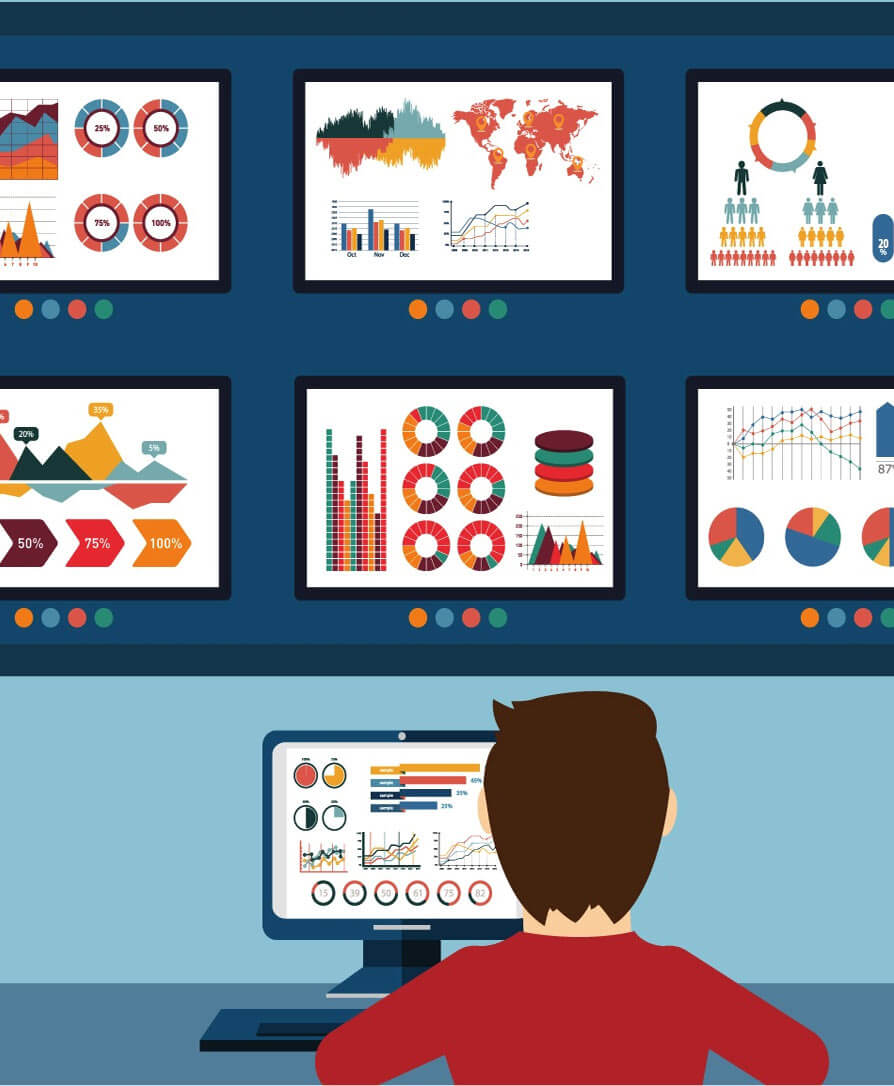
For B2B marketers, data is the key to creating personalized communications with prospects, as well as making the whole marketing process more efficient. As a result, trends such as Big Data and predictive analytics show no signs of stopping anytime soon. The more data you have, the better able you are to track down and find the best possible leads.
But where exactly are B2B marketers getting all this data? Back in August 2016, the Content Marketing Institute surveyed B2B marketers to answer exactly that question. They asked them which methods they were using to learn about their target audiences. The two clear leaders were website analysis (58%) and keyword searches (57%). Others that made the Top 5 included: employee feedback (50%), competitive analysis (47%) and social listening (44%).
You can immediately see from the numbers that most B2B marketers use a variety of sources. In other words, it’s not enough just to analyze your website traffic in order to get insights about your prospects – you have to use that analysis in conjunction with other forms of analysis as well. When you combine website analysis with social listening, for example, you can arrive at some really unique insights that can then be used to target buyers.
For example, say that your website analysis shows that there are clear spikes in visitor traffic data. It may be the case that there are spikes very early in the week and then late in the week. So what’s causing this change in website behavior? If you’re just checking the website logs, you might assume it’s a random cycle. But if you also check the performance of your social media platforms, you might find that there’s a direct correlation between the timing and frequency of your social media posts and the spikes in website traffic. In other words, all those tweets are paying off.
The key step, of course, is putting all this data together and coming up with the right analysis. In April 2016, the research firm Altimeter reached out to content strategists in North America and asked them which data sources they were using most frequently. There were four main data sources:
Social media metrics – 65%
Website analytics – 63%
Customer call centers – 49%
Customer surveys – 48%
So there’s a third layer here! It’s not just website and social media analysis – it’s also reaching out directly to the customer and making that part of the lead generation process. Customer surveys, for example, might suggest that there’s some form of content that they are eager to learn more about. If that content can be added to the website and social media platforms, then it’s pure gold!
It is possible for B2B marketers to leverage data to target potential buyers and generate lots of leads. It requires a use of big data, combined with some powerful analysis tools and insights that you already have about the customer. When combined, it can lead to a real improvement in marketing effectiveness.
Image: Designed by Freepik
